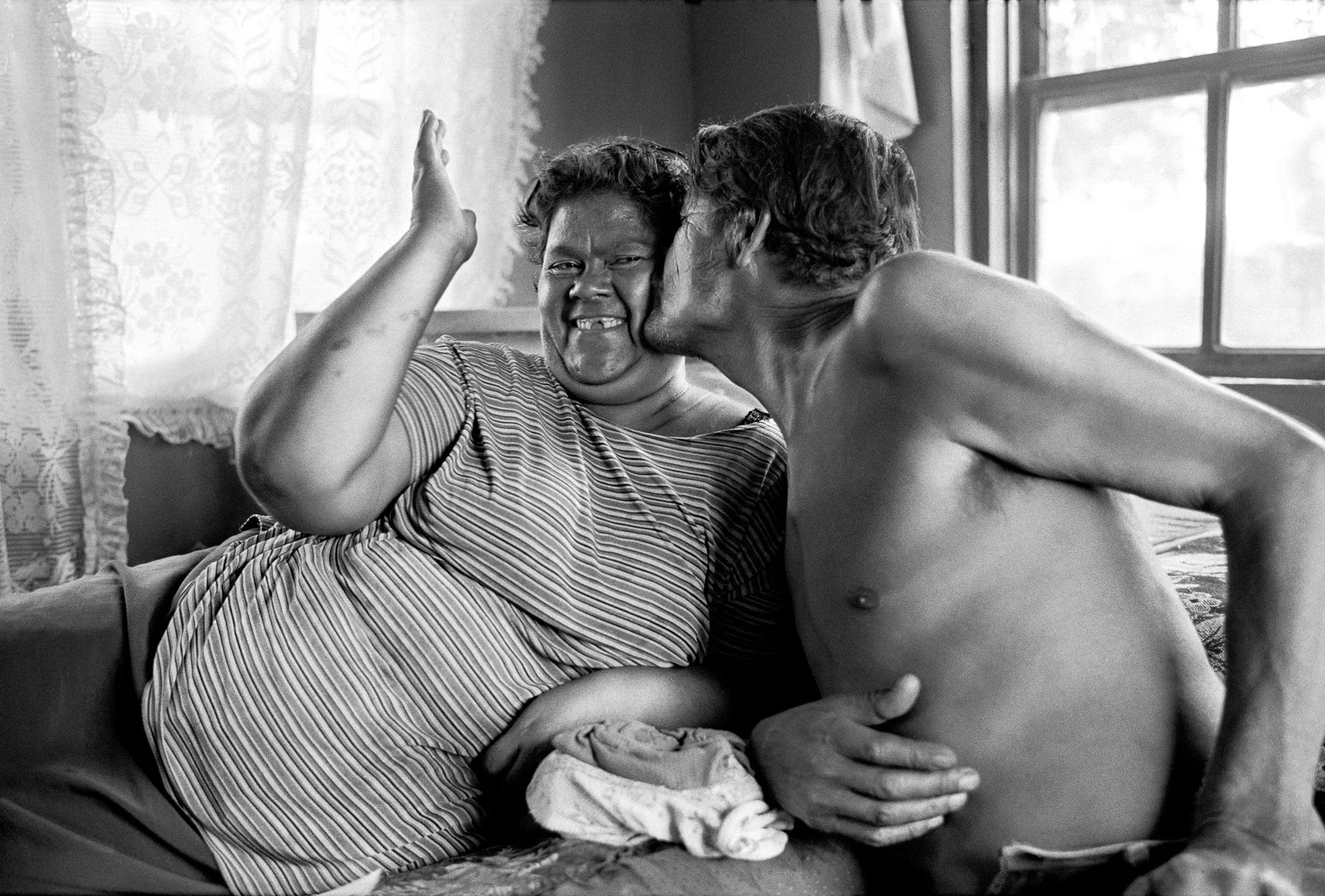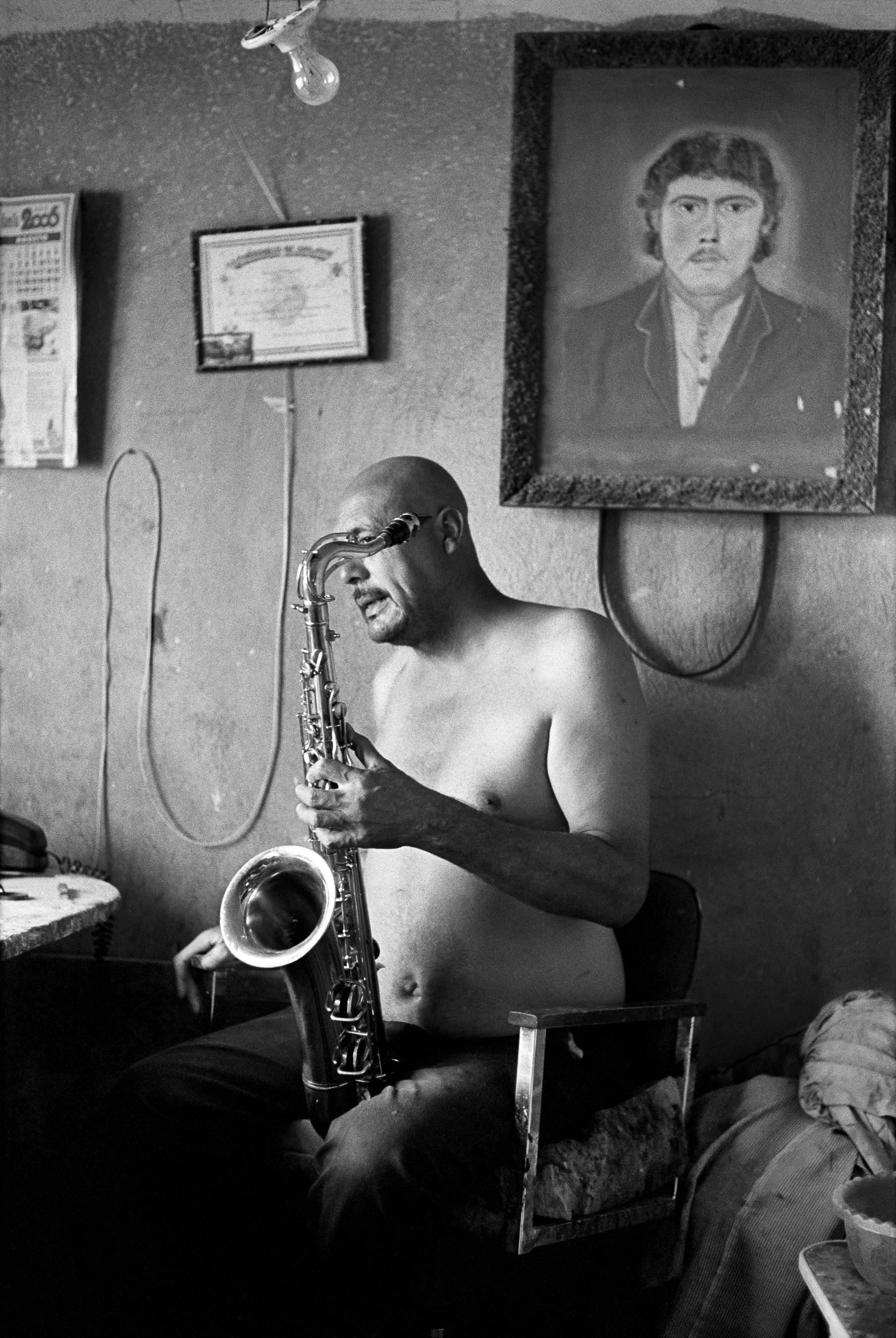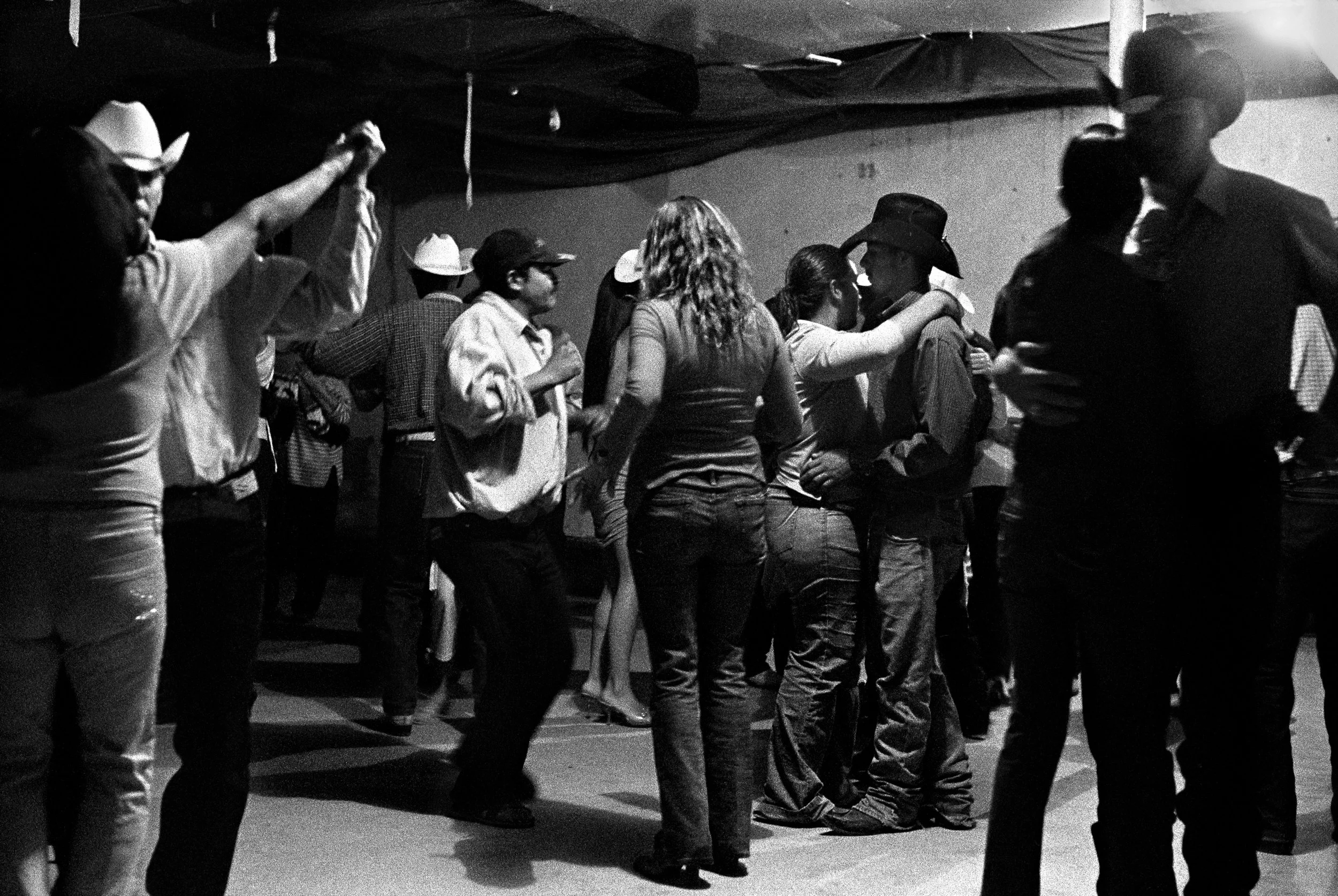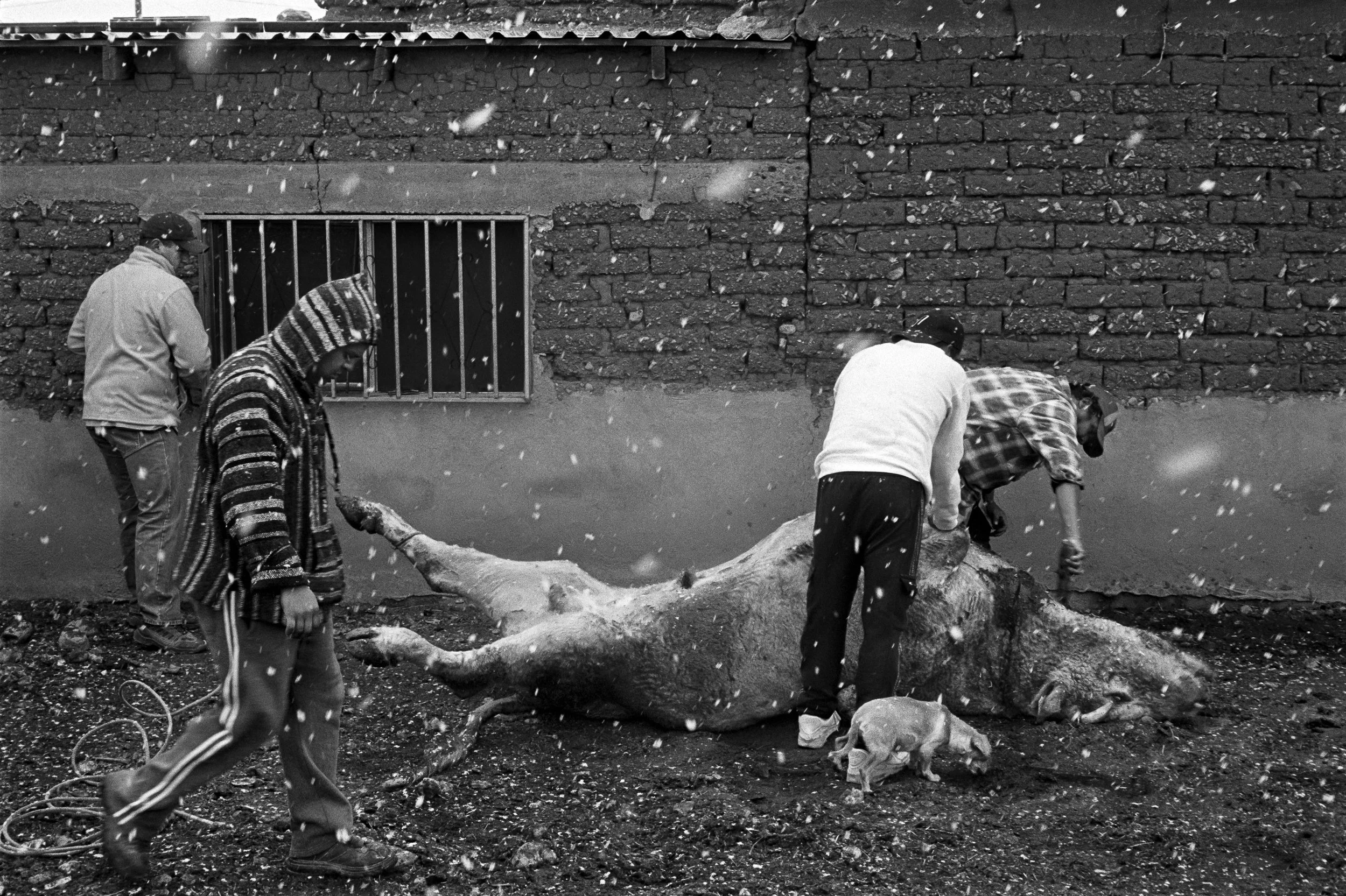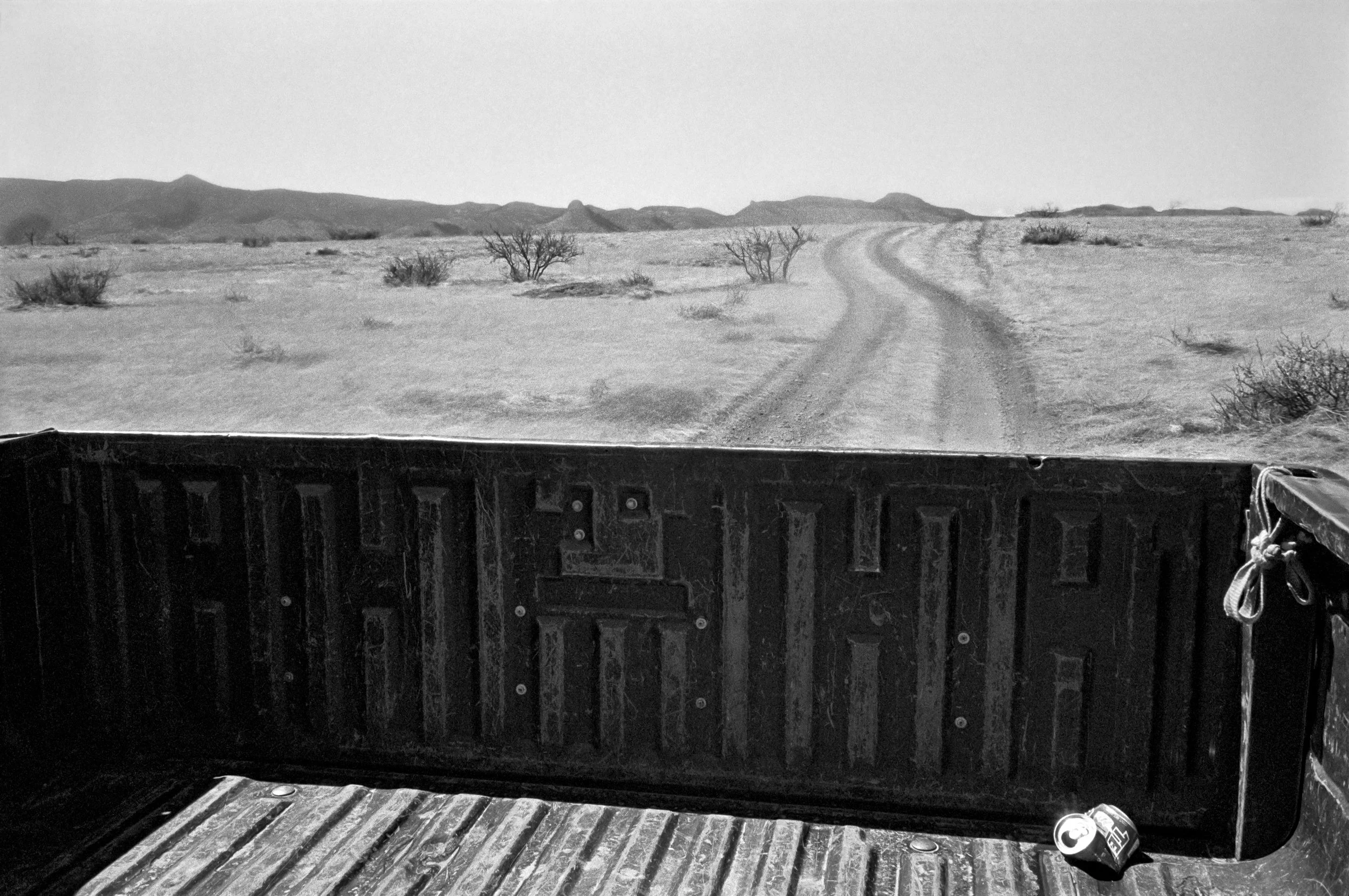Mata Ortiz:
Mirror on a Country Road
This work is a photographic study
of the ongoing transformation of a number of heretofore isolated northern Mexican villagers into a community of world-class ceramic artists. This transformation is having a profound historic impact on their lives, the life of their village and on the social, economic and cultural life of the surrounding region. I began this project with the ambition of depicting the harmonies and paradoxes shaping these artists and their village as both are inexorably compelled, by virtue of an event in the history of art, to confront the modern economic and cultural world and find and take their place within it.
The village of Mata Ortiz is located in the high Chihuahua Desert of northern Mexico. Until the 1970s this region might as well have been called “Forgotten Mexico”. Fifty years ago, inspired by ancient shards from the Paquime civilization, a teen-age boy, Juan Quezada, set about to re-invent ceramic technology. Through 16 years of experimentation, without any input from the outside, he succeeded in creating polychrome pottery that was structurally and artistically the equal of the originals. In 1976, an American anthropologist with a fine-arts background discovered some unsigned examples of Quezada’s work. Today, in this village of not more than 3000 people, more than 400 potters are engaged in the practice and development of what is now recognized worldwide as a high art form.
This pottery art is the clay-based economic engine that is changing life in the village and bringing Mata Ortiz into its place in history. The Chihuahua state government recently paved the dirt road that leads south from Nuevo Casas Grandes to Mata Ortiz. The paving of the road represents a defining moment for the village and is, as such, a defining moment for my project as well. The government is also involved in marketing the artistic product of the village and developing a tourism-based infrastructure throughout the region.
These pictures are unsentimental observations whose clarity of description and accuracy of detail will also make them in a certain way documentary. However, I am not primarily interested in making documents. Rather, the documentary style serves as a point of departure toward a mixed style that already includes elements of the sketch—for its immediacy and lyricism—and a certain tense method of composition, that is, I believe, appropriate to the expression of a place so singularly situated in history.
I am working to depict the village as an experience, physical and emotional, including the emotions of the photographer where appropriate. My subject is not art but, since I am depicting a place that exists in its present form because of its art, artists and art objects are inescapable themes. My intent is to populate a Homeric Ithaca, a Faulknerian Yoknapatawpha County, a village in the tradition of Breugel with the residents of Mata Ortiz, in their daily lives, during this period in their history. It is my ambition to let the rhythm of the place, the people, and the life define the scope and character of this body of work.
As Charles Dickens said in Bleak House: “And thus, through years and years, and lives and lives, everything goes on, constantly beginning over and over again, and nothing ever ends.” So, too, in Mata Ortiz.
Continued
There are a number of people to whom I would like to dedicate the photos in this gallery about Mata Ortiz. First, is my wonderful late friend Tito Carillo whose love of the people of Mata Ortiz and their artistry gave me untold access to an incredibly welcoming community. Second would be the people of Mata Ortiz itself who let me into their lives; with particular appreciation to Jerado Sandoval Tena and family and Diego Valles whose conversations and insights I will always cherish. Without the guidance and assistance of the late Ben Lifson this project would have never come to pass. He helped me see and gave me a voice. The John Simon Guggenheim Memorial Foundation’s support and validation have been immeasurable and without them none of this would have been possible. Finally, my parents, Arthur and Edith, never wavered in their belief in and support of my abilities. It is my hope that their support and love is honored in this- and indeed all- my work.


